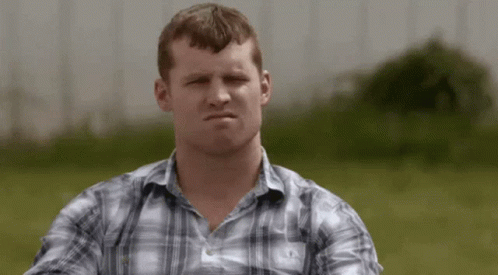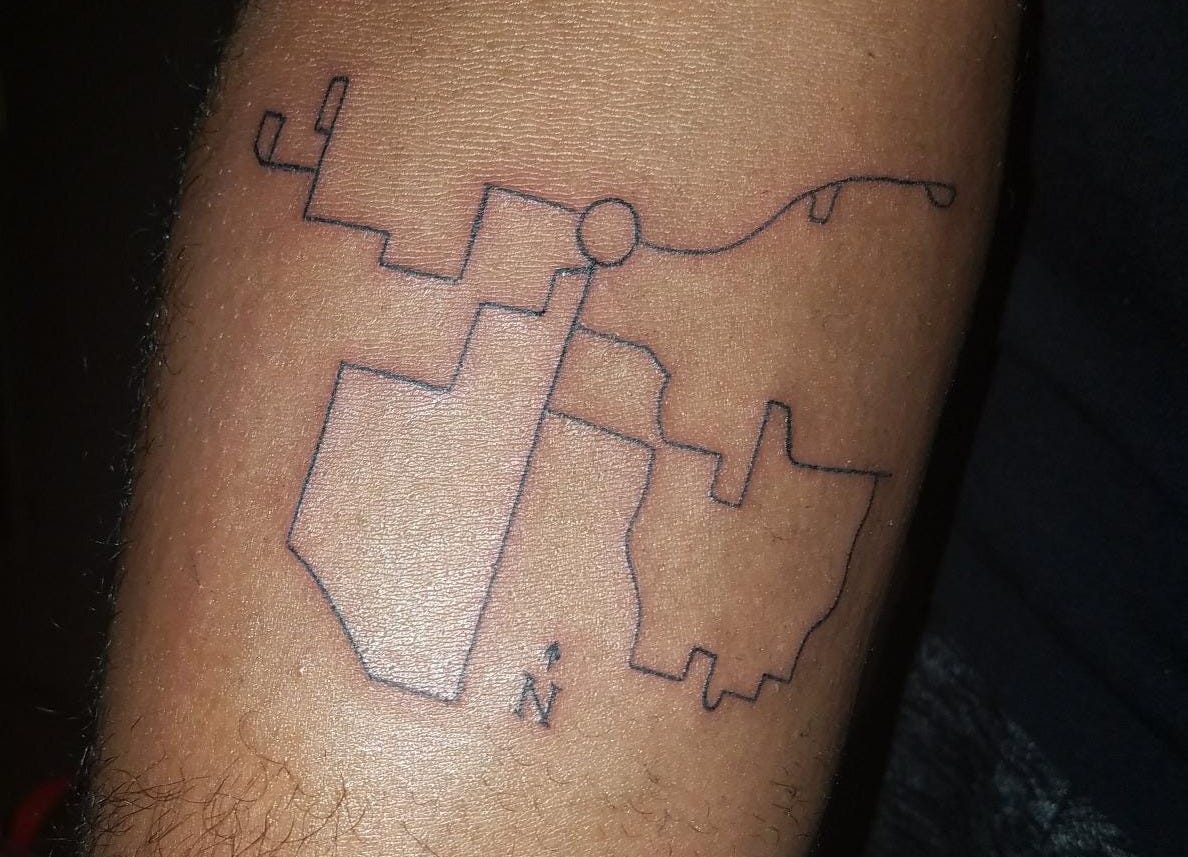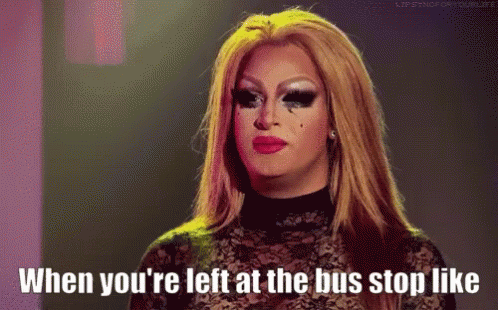Is the bus still running? Seriously...is the bus still running?? 🕜
Faced with increased operating costs and the end of pandemic era federal support, many transit systems across the United States find themselves grappling with tough decisions
Generally, Chicagoland transit keeps me captivated enough that I listen to Wayne when it comes to transit issues away from home.
However, I’m nervous. Public transit in the United States feels like it might be on the precipice of something existential. Since the pandemic, the cost of the inputs of operating transit service (diesel fuel, operator wages, electricity) have increased. Many of the budgets for operating transit service have not. With pandemic relief funding drying up, transit authorities across the nation are being forced to reconcile with some ugly questions.
❓Can we still afford to run the bus?
❓Do we have the political capital (and public support) to ask for more money if the answer is no?
❓What is the cheapest option to avoid this question?
I don’t envy this position.
Faced with this question, some places like Metro Transit in Minneapolis and The Southeastern Pennsylvania Transportation Authority (SEPTA) in Philadelphia have found additional support from the state. Some places like Chicagoland are banking on fourth quarter Hail Marys under the threat of draconian service cuts.
Some places, are just making those cuts.
I grew up in one of the places opting to just make the cuts.
Indebus (Independence, MO)
I live in Chicago, but I grew up in Kansas City, MO1. My first professional experience with transit was dispatching for Indebus, the fixed route transit system serving Independence, MO. Indebus operated six bus routes that ran every 1-2 hours2, plus ADA paratransit service.

As a dispatcher, I made sure all routes were staffed, kept tabs on the timeliness of the the fixed route buses, scheduled rides for the paratransit buses and manned the customer service line. This was easily 2 person, if not a three person job3. Indebus could afford to hire one person4. It was chaos.
After that summer, I knew transit was the line of work for me.
In January 2025, faced with increased transit operating costs, Indebus suspended all fixed route service and replaced it with a six-month Microtransit pilot program to test its feasibility for replacing fixed route service.
Microtransit (n). Transit Planning - Microtransit is app-based demand response transit (DRT). DRT is a mode of transportation where vehicles do not operate on a fixed route or schedule. Instead, vehicles operate as demanded, with passengers requesting a ride and the transit authority dispatching a vehicle to that location.
My next few articles will be on microtransit, so stay tuned! If you can’t wait, this Transit Cooperative Research Program (TCRP) review of Microtransit from a few years ago should hold you over.
RideKC (Kansas City, MO)
On March 26th, 2025, RideKC announced a series of public meetings to discuss potential changes to their bus network. These changes include the elimination of 13 of their 29 routes, the elimination of weekend service on all but 7 of their routes, and weekday frequency reductions on 1 of their 3 MAX lines. The reason for these changes? From the press release:
“Proposed service reductions are a result of the increased cost of providing public transit in the post- COVID years and the depletion of federal pandemic funds.”
If the plan presented in public meetings moves forward (and I fear it will5), these revisions go into effect May 4th, 2025, slightly over one month from their initial announcement. Beyond the passenger left without a ride, over 100 bus drivers are expected to be laid off as a result of this change.
So what’s the point?
The annual cost of owning an operating a car in the US is about $13k/year. Public transit lets you opt out of bearing this expense.
Wherever you live, parking probably sucks the most in-demand neighborhoods. Public transit lets you opt out of finding parking.
Around 40k people die in traffic crashes each year in the United States. Transit let individuals inside and outside of cars opt out of this carnage.
Municipal budgets are getting tight, leaving many localities forced to pick the services they think are important to provide, and dump the rest. This puts transit on the chopping block across the nation. For bigger cities where transit is more widely adopted, or cities of all sizes where transit is valued politically, new funding sources will emerge. To find and maintain support for that funding, these places need to lean into the 5:1 rule and ensure the service they deliver is frequent, reliable, and well designed.
In places where transit is valued less, politically, transit’s future is less certain. For places uninterested in spending more on transit, but unwilling to bear the political weight of cutting service altogether, microtransit might be an appealing solution. If overall demand is low, microtransit might actually be a valid substitute. However, microtransit has a much lower capacity than traditional fixed-route transit. If the bus lines microtransit service is attempting to replace carried more than 5 passengers per hour, microtransit service is probably going to be overwhelmed6.
In places where budget allocations for transit are unlikely to change, overwhelmed microtransit might be best case scenario in a lose-lose game.
I hope I’m wrong.
Thanks for reading! I’m doing research for an article about the urban planning space generally and could use your help. If you work in urban planning or an urban planning adjacent field, or you live in a city and care about how it functions, please take a minute and fill out this 5 minute survey and pass it around your networks. Thanks in advance!
» Survey Link «
Not Kansas. It’s a touchy subject if you grew up in Kansas City 🫣
The orange and yellow lines share a bus, with one route running every even hour and the other running every odd hour
As a cherry on top, the depot only had dial up. Manning the customer service line was mostly figuring out where people were based on landmarks (as they described them) and waiting for Google Maps to tell me where that actually was.
I was actually an intern technically. We needed two dispatchers; one to cover the AM shift and one to cover the PM shift. It was cheaper to just have me cover the AM.
Kansas City has not historically valued transit very highly politically. In 2022, they fired their long-time CEO, Robbie Makinen, for refusing to redistribute $20 million in federal funding granted to RideKC to the city to pay for new streetlights. 15 years ago the city began skimming funds from the public mass transit tax levied over their service area to cover other city expenses. Today, only 2/3 of the public mass transit tax levied over their service area makes it to the transit agency, with the balance going to…streetlights.









NOT ROXXXY AT THE BUS STOP!!!
Great article! Would love to read more about your experience as a dispatcher.